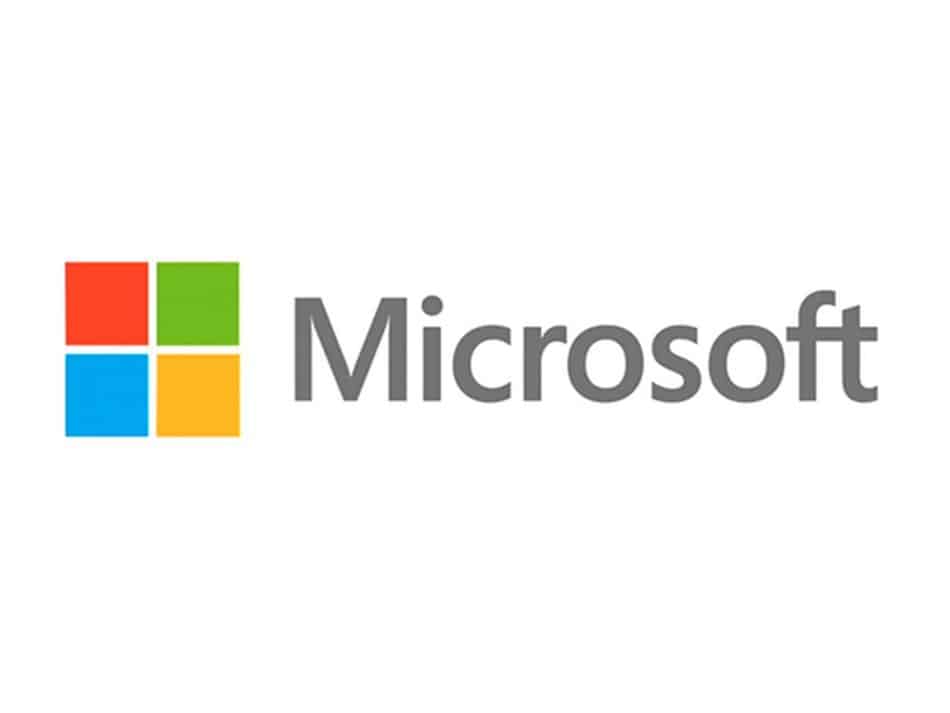Almost every person on the planet has been affected by Microsoft’s technology. It is hard to imagine how businesses and educational institutes would run without Windows. But what gives Microsoft its competitive advantage?
Microsoft’s main competitive advantages are its pace of innovation, strong brand, scale, and leadership. Microsoft Windows is the most used operating system in the world, and it also has a robust ecosystem that locks its users into its products.
What does Microsoft do?
Microsoft is an American multinational technology corporation that produces software and personal computers and provides cloud computing services. It is famous for developing software products such as the Windows operating system, Microsoft Office, and Internet Explorer. Its well-known hardware products include the Xbox game console and Microsoft Surface personal computers. It is the world’s largest software company by revenue and is one of the “Big Five” technology companies in the US, along with Apple, Amazon, Google, and Meta.
What is Microsoft’s competitive advantage?
Diversified Product Portfolio
One of Microsoft’s key competitive advantages is its diversified product portfolio. The company offers a range of products and services, including operating systems, productivity software, gaming consoles, cloud services, and more. This diversified portfolio has allowed Microsoft to establish a strong presence in multiple markets and to reduce its reliance on any one product or service. In addition, Microsoft’s product portfolio has enabled the company to cross-sell its products and services to existing customers, which has contributed to its growth.
Windows Operating System
Microsoft’s flagship product is its Windows operating system, which is used by more than a billion devices worldwide. Windows has been a dominant operating system in the personal computer market for decades, and its market share remains strong today. This dominance has given Microsoft a significant competitive advantage, as it has enabled the company to establish strong relationships with hardware manufacturers and to leverage its installed base to promote other products and services, such as Microsoft Office and Microsoft Azure.
Microsoft Office Suite Microsoft Office is another key product in the company’s portfolio and a major source of revenue. The Office suite includes popular productivity applications such as Word, Excel, and PowerPoint, which are used by millions of people worldwide. Microsoft has leveraged the popularity of Office to establish a strong presence in the enterprise market, where its software is widely used for business operations. The company has also introduced Office 365, a cloud-based version of the suite, which has become increasingly popular in recent years.
Cloud Services
Microsoft has made significant investments in cloud computing, which has become an increasingly important part of the company’s business. Microsoft’s Azure cloud platform is one of the fastest-growing cloud services in the industry, and it has helped the company to establish a strong presence in the enterprise market. Azure offers a range of services, including virtual machines, storage, and data analytics, which enable businesses to operate more efficiently and cost-effectively. Microsoft’s investment in cloud services has also enabled it to compete with other major players in the industry, such as Amazon Web Services and Google Cloud.
Innovation and Research and Development
Microsoft’s commitment to innovation and research and development is another key competitive advantage. The company invests heavily in research and development to develop new products and solutions that meet the evolving needs of its customers. Microsoft’s research and development efforts focus on a range of areas, including artificial intelligence, machine learning, and the Internet of Things.
Microsoft’s innovation and research and development efforts have enabled it to introduce a range of innovative products and services over the years. For example, the company’s HoloLens mixed reality headset, which blends virtual and physical environments, has been used for a range of applications, including healthcare and education. Microsoft’s commitment to innovation and research and development has also helped the company to stay ahead of its competitors and to continue to grow its business.
Brand Recognition and Reputation
Microsoft’s brand recognition and reputation are also key competitive advantages. The company is widely recognized as a trusted and reliable brand in the technology industry, which has helped it to build a large and loyal customer base. Microsoft’s brand recognition and reputation have also enabled it to attract and retain top talent, which is critical to its success.
Microsoft’s brand recognition and reputation are built on a history of innovation and leadership in the technology industry. The company has introduced a range of innovative products and services over the years, including the Windows operating system, the Office suite, and the Xbox gaming console, which have become household names. Microsoft’s brand is also associated with reliability and security, which are critical factors for businesses and consumers when selecting technology products and services. The company’s commitment to customer service and support has also helped to reinforce its brand reputation.
Strategic Partnerships
Microsoft’s strategic partnerships are another key competitive advantage. The company has established partnerships with a range of companies, including hardware manufacturers, software developers, and service providers. These partnerships enable Microsoft to access new markets and customers and to expand its product and service offerings.
One notable partnership is Microsoft’s collaboration with hardware manufacturers such as Dell, HP, and Lenovo to bundle Windows operating systems with their devices. This partnership has helped Microsoft to maintain its dominance in the personal computer market and to promote other products and services, such as the Office suite and cloud services.
In addition, Microsoft has formed strategic partnerships with companies such as Adobe and SAP to integrate their software and services with Microsoft’s products. These partnerships have enabled Microsoft to offer a more comprehensive range of solutions to customers and to compete more effectively with other major players in the industry.
Microsoft’s ecosystem
Microsoft has an ecosystem almost unrivaled by any other technology company. Once a consumer has bought a Microsoft product, there is a strong incentive to purchase other Microsoft products due to the connectivity between its devices. For example, a PC can easily communicate with a Microsoft phone, which can communicate with a Microsoft Surface, which can all connect via Azure, Microsoft’s cloud service. The more your buy into this ecosystem, the harder it is to leave. On top of this, many third-party developers prioritize producing software for Microsoft’s operating system due to how widespread it is, forcing consumers to purchase a PC if they need a particular piece of compatible software.
Leadership
Since 2014, current CEO Satya Nadella had developed Microsoft into an even stronger company than when its predecessors managed it. Nadella has increased the focus on innovation which has helped Microsoft move into new areas and reach a broader customer base. These areas include Cloud, gaming, and hardware.
Who are Microsoft’s competitors?
Apple
Apple could almost be a mirror image of Microsoft; it has its own ecosystem that includes similar software and hardware products and has a very identical global footprint. The main difference between the two is that Microsoft dominates the operating system space, and Apple dominates the mobile phone space. However, both are trying to gain market share in the other territory; Apple is gaining market share with its iOS platform that powers the iPhone, iPad, and iWatch devices. Apple also has the most valuable brand in the world, according to Forbes and Kantar, giving it an incredible competitive advantage over Microsoft.
Google has developed its version of Microsoft Office called G Suite. It offers its version of Word, Excel, and PowerPoint called Docs, Sheets, and Slides, respectively. Its email service, Gmail, is one of the world’s most widely used email services and is three times the size of Outlook, Microsoft’s email service. Google’s Drive, their cloud storage service, has a larger market share than Microsoft’s Azure. Furthermore, Google has developed Chromebooks, an affordable line of laptops that may continue to eat away at Microsoft’s market share.
Amazon
Amazon currently leads the cloud market, with 33% of all business going to Amazon Web Services (AWS), while Microsoft’s Azure claims 20%. Amazon and Microsoft have made huge investments in expanding their cloud services, which will continue to be a fierce battleground for market share.
What are Microsoft’s opportunities for growth?
Cloud
It is reasonably safe to say that Microsoft’s cloud business will continue to grow. It is hard to think of a company that isn’t moving toward cloud storage and computing in some way. Microsoft’s cloud revenue has been growing at 30%+ for the past seven years and is expected to continue this pace in the future.
Gaming
Microsoft’s incredibly popular Xbox gaming console has been a significant source of revenue, accounting for over $16 billion in 2021. With the move to game development through its purchase of gaming studios Bethesda and Activision Blizzard, Microsoft intends to increase the pace of growth for its gaming segment.
Conclusion
Microsoft’s competitive advantage is built on a range of factors, including its diversified product portfolio, flagship products such as the Windows operating system and Office suite, investment in cloud services, commitment to innovation and research and development, brand recognition and reputation, and strategic partnerships. These factors have enabled Microsoft to establish a strong presence in multiple markets, to reduce its reliance on any one product or service, and to attract and retain top talent. As the technology industry continues to evolve, Microsoft will undoubtedly continue to invest in strategies that allow it to remain competitive and to meet the changing needs of its customers.


